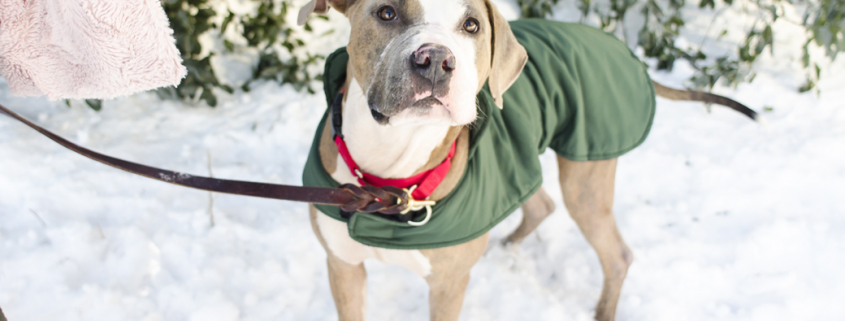Dogs & Cold Weather – Important Things to Know
Several dog breeds are affected by the cold winter months. You may be wondering how cold is too cold for your four-legged friend. The fact is that different dogs tolerate cold temperatures differently. You must consider various factors like breed, body fat, fur, health, and medical conditions. Many dogs love the snow and cold weather, while some get cold quickly and cannot stay outside for that long.
Research shows that most dogs will become uncomfortable at 45 degrees and below. At 32 degrees and below, small, thin-coated, young, old, and sick dogs should not be left outside for long periods. Finally, at 20 degrees and below, dogs become vulnerable to hypothermia and frostbite.
Certain dogs are sensitive to colder weather. These include:
- Puppies
- Small dogs
- Short-haired or hairless dogs
- Old dogs
- Dogs with medical conditions
- Dogs with arthritis or joint problems
- Doberman, Boxer, or Greyhounds
You must pay attention to signs that your four-legged friend is cold. Trembling is one of the first signs that show that your dog is already cold. Your dog may also walk slowly, take a cramped posture, or cuddle at your leg for an added heat source.
The good news is that there are ways to keep dogs warm in colder temperatures. Limit the time your dog has to spend outdoors in cold weather. You may also equip your dog with a weatherproof jacket and suitable boots to keep them warm. Dry your dog as soon as possible if they get wet in cold temperatures.
Some dogs are better equipped for colder weather compared to others. When the outside temperature drops, your dog walks should be short to avoid harsh reactions to the cold. There are plenty of ways to keep your pup mentally and physically stimulated indoors! Think of a puzzle game, playing tug-o-war, and incorporating a game of fetch. Above all, ensure that your four-legged friend is dry, warm, and cozy while they are in the home!



